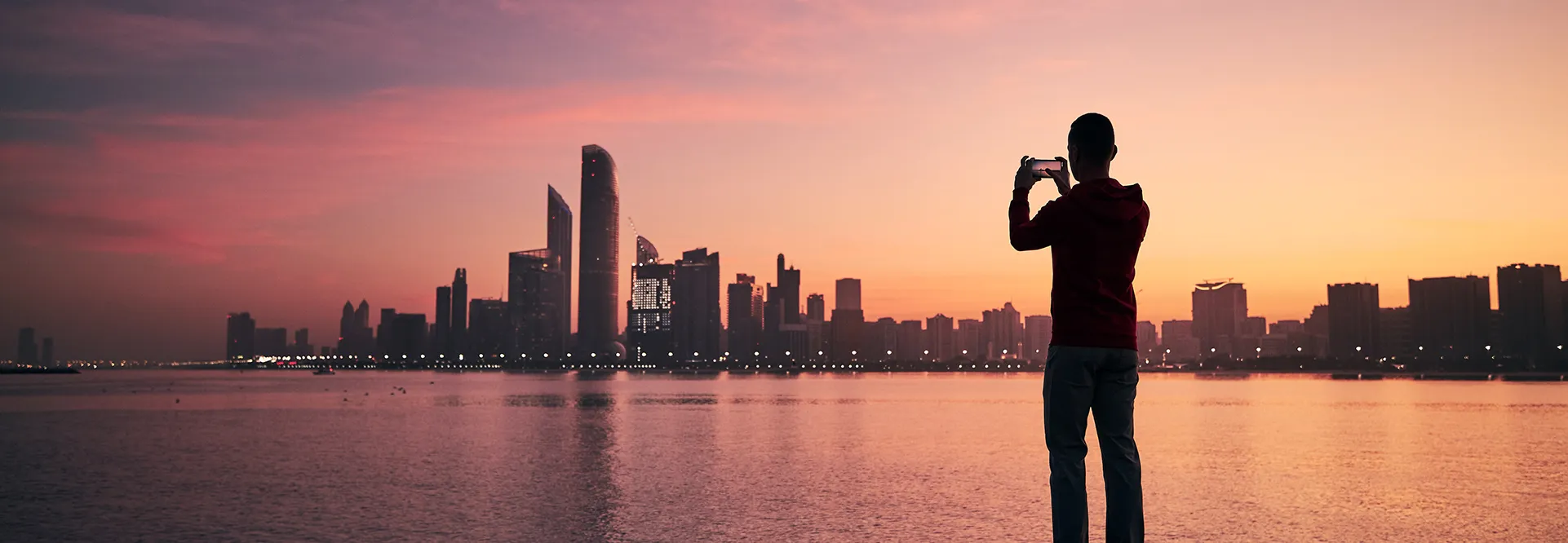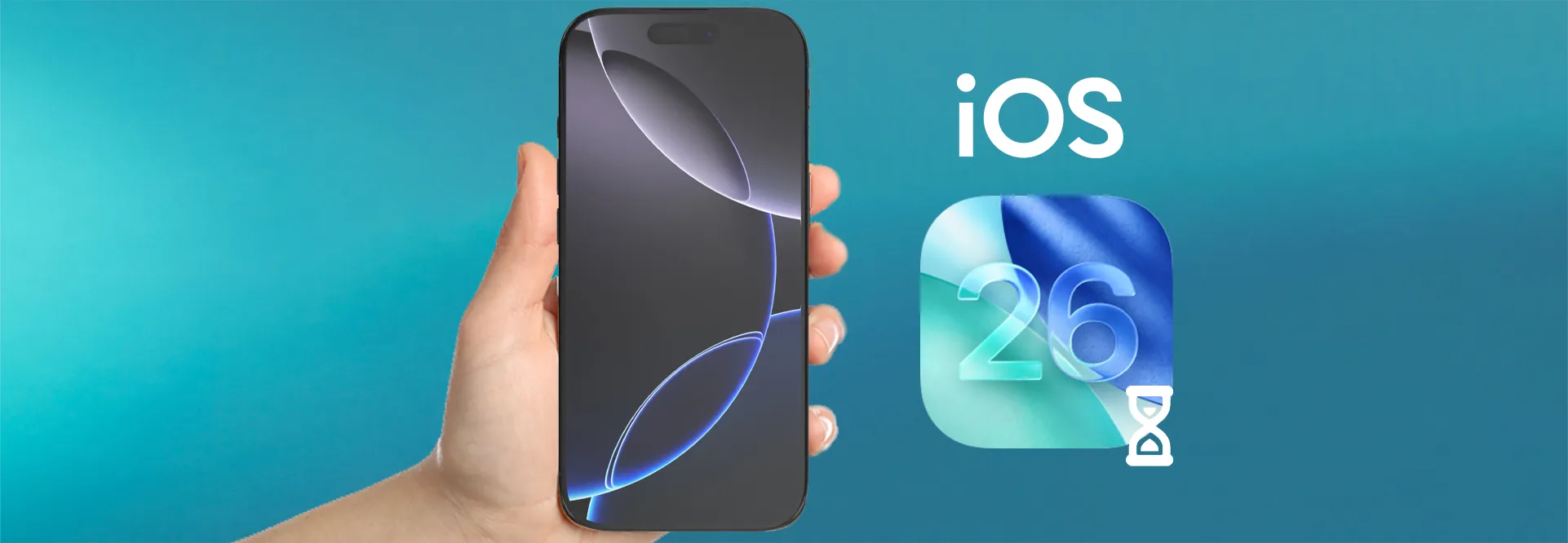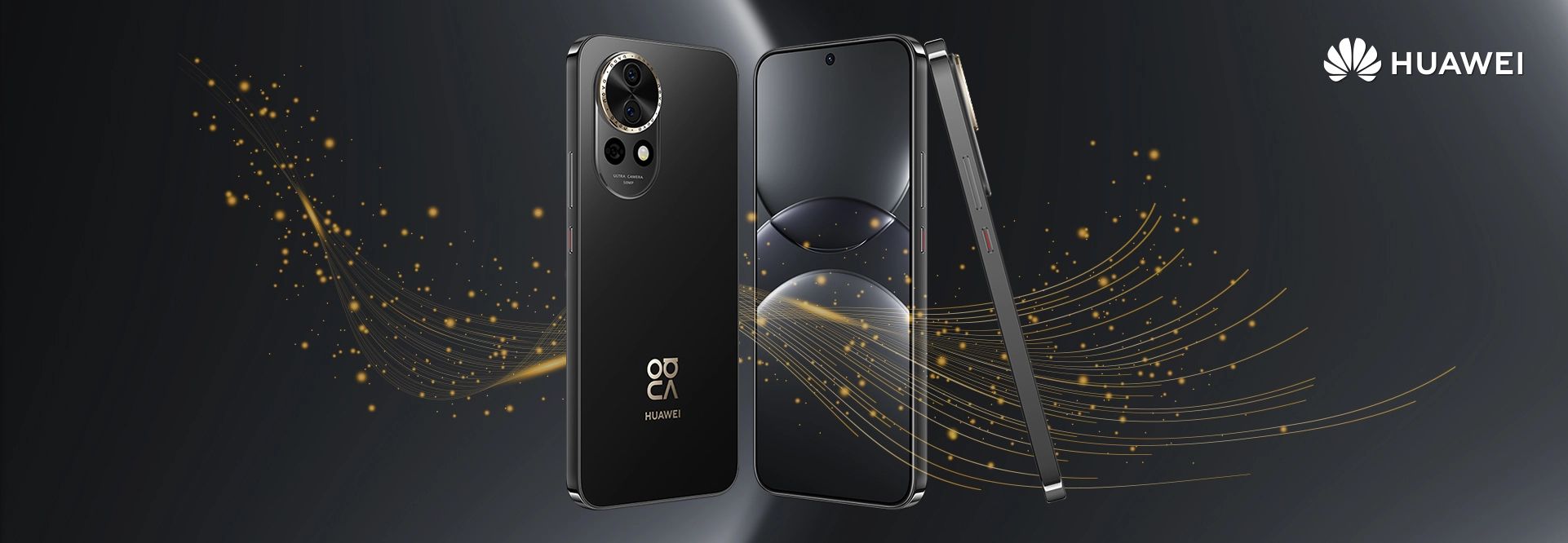Is the Vivo 90 series all hype or a real photography gamechanger?
Robert Cerff / 22-03-2023 / Tech
The new flagship Vivo X90 series launched globally on 3 February after it was released in China on 22 November last year. It follows closely on the heels of the successful Vivo X80 series and is poised to raise the bar for smartphone cameras, thanks to its Image Signal Processor (ISP), large 1-inch sensor and collaboration with leaders in scientific optics, Zeiss.
But is the Vivo X90 series really the photography game-changer Vivo is making it out to be? Let’s find out.
Brighter Night Photography and Videography
The new series features the Vivo X90, X90 Pro and X90 Pro+. It’s powered by cutting-edge camera software and hardware for better image quality, especially for night-time photography and videography. Making this possible is Vivo’s own ISP, the V2 chip and a large 1-inch IMX989 sensor on the Pro models.
With an image sensor as big as this, it can receive far more light than most smartphone cameras on the market right now, making it fantastic for capturing images and videos in low-light conditions. The custom V2 chip across the X90 range reduces visual noise using the latest AI for even better low-light shots and more natural HDR images. It works with the main processor to improve image and video resolution in dark environments. Additionally, the advanced technology achieves outstanding results without needing more processing power or battery life.
The V2 chip is intuitive and automatically recognises and switches algorithms based on changing lighting conditions. For example, if you switch to a backlit or dark environment, the device switches modes without requiring manual action.
V2 Ultra-Clear Imaging
The new chip follows the highly successful first customised ISP from the Vivo V1, which powered the X70 and X80 series. Now with the V2, camera quality is boosted for quicker capture and ultra-clear imaging.
A large sensor and the V2 chip are enhanced with new effects and editing features from the Zeiss collaboration. Highlights to look out for include Miniature Effect, Cine-flare Portrait and several bokeh styles for portrait mode photos and videos.
Professional Photography
With the new series, Vivo wants to make professional photography accessible to everyone. It achieves this with game-changing camera capabilities that build on its predecessor's powerful imaging system. The result is a series that can handle almost any lighting condition and capture images and videos with richer, deeper colours and more brightness.
International Market First
The large 1-inch sensor in the X90 Pro and X90 Pro+ also powers the Xiaomi 12S Ultra and Sony Xperia Pro-I. However, setting the Vivo apart from the rest is its international release. Unlike Xiaomi and Sony, which haven’t reached international buyers (yet), the Vivo X90 Pro will be the first smartphone to ship with a 1-inch-type sensor. Although there are no dates confirmed yet, it will go on sale in parts of Asia, Europe and possibly Africa. The standard X90 will launch in Hong Kong, Taiwan, India, Thailand, and Malaysia. The X90 Pro+ is available in China only.
Vivo 90 Series Camera Specs:
Here’s a snapshot of the camera specs of the Vivo X90, X90 Pro, and X90 Pro+:
Vivo X90
50Mp f/1.75 main camera (Sony IMX866)
12Mp f/2.0 108-degree ultrawide lens (Sony IMX663)
12Mp f/2.0 2x portrait telephoto lens (Sony IMX663)
32Mp f/2.45 selfie camera
Vivo X90 Pro
50Mp f/1.75 main camera (Sony IMX989)
12Mp f/2.0 108-degree ultrawide lens (Sony IMX663)
50Mp f/1.6 2x portrait telephoto lens (Sony IMX758)
32Mp f/2.45 selfie camera
Vivo X90 Pro+
1in 50Mp f/1.65 main camera (Sony IMX989)
48Mp f/2.2 ultrawide lens
50Mp f/1.6 2x portrait telephoto (Sony IMX758)
64Mp f/3.5 3.5x periscope telephoto sensor
32Mp selfie camera
Verdict
The Vivo 90 series deserves all the hype because it is a real photography game-changer. With hardware and software innovation at the forefront, expect your photography and videography to level up.









